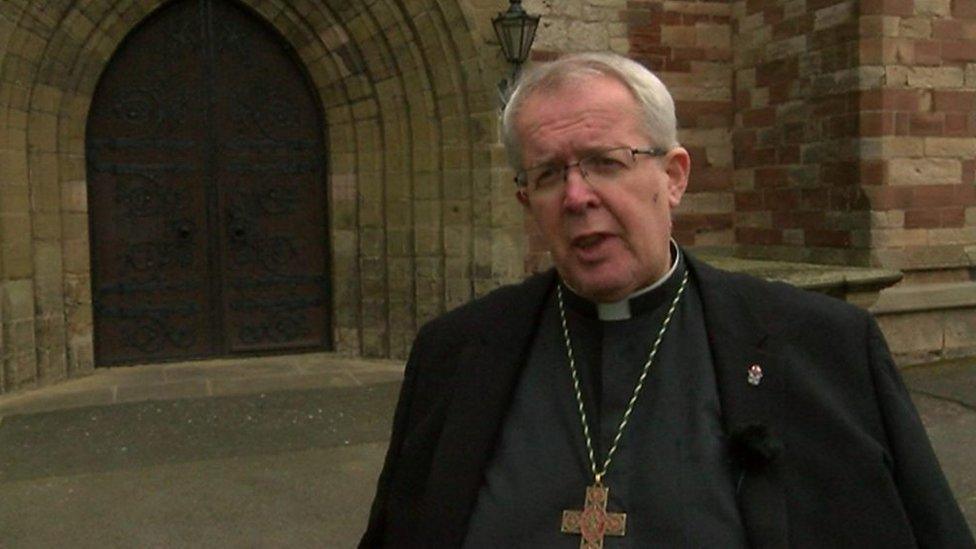110 Anglican churches closed in Wales in 10 years
- Published
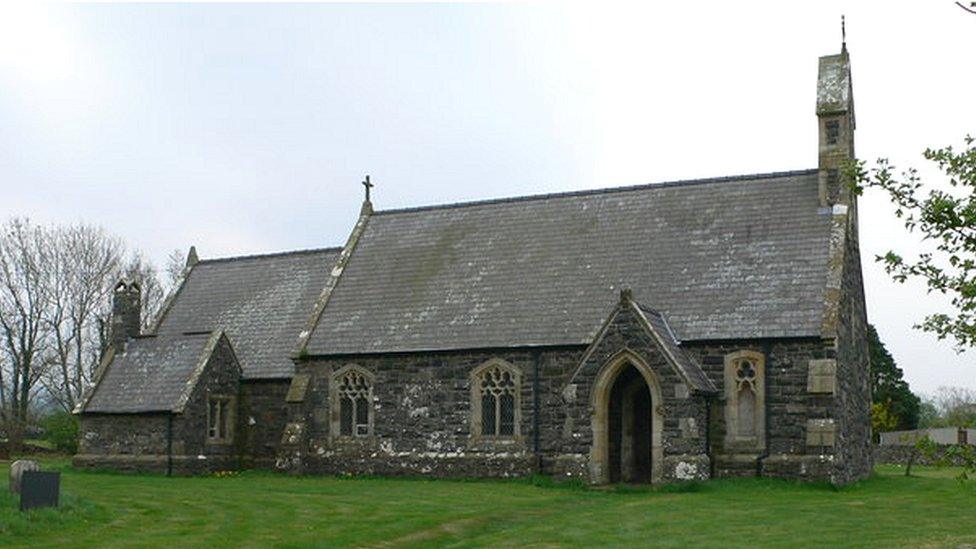
St Mary Magdelene's Church at Llanfaglan in Gwynedd is one building being sold
More than 10 churches a year are closing in Wales, figures have shown.
Data from the Church in Wales showed 115 Anglican churches have closed over a 10-year period, about 8% of the total, with 1,319 still in use.
There are currently 11 properties advertised for sale on the church's website.
The Church in Wales said closures were a "significant issue" and while the sale rate had stayed steady, it was unlikely to slow down.
Head of property, Alex Glanville, said there was a move to take a regional look at churches rather than let each one deal with the issue on its own.
"We're grouping a lot more parishes and congregations together, about 10-15 churches in an area, and thinking which ones can we sustain.
"There's a little bit more strategy - what's a sustainable congregation and where's the best place to do it?"
The National Churches Trust said the rate of closures in Wales was relatively higher than England, given relative population size, where about 20 close each year.
Mr Glanville said one of the issues in Wales was a large number of buildings in very small communities, along with a lot of "very remote places" and falling church attendance.
The last census revealed Wales had the highest number of people with no religion in the UK.
He added: "A smaller congregation doesn't necessarily mean a church closing. People are innovative and think of many ways to get the church to perform a different function in the community."
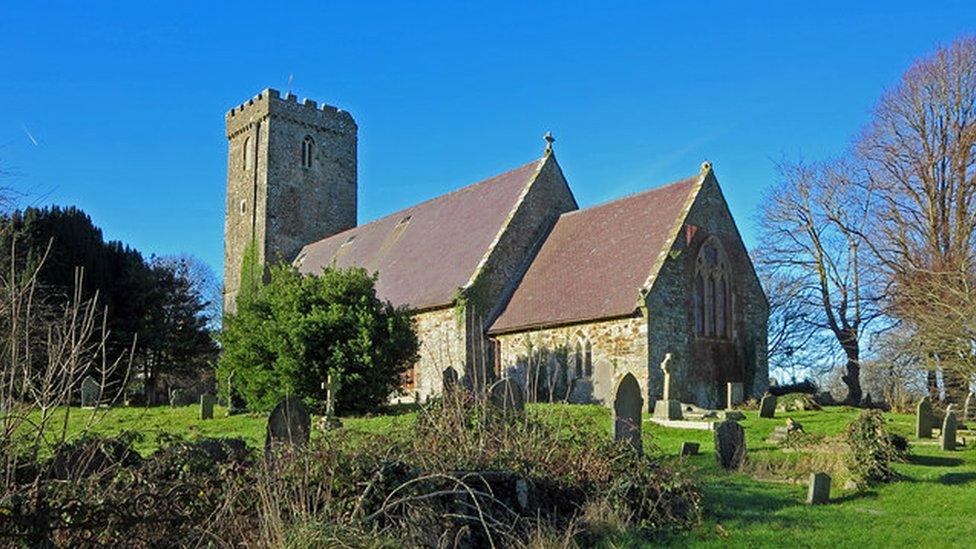
St Thomas a Becket Church in Haverfordwest is one of 11 redundant buildings being sold
A recent survey carried out by the National Churches Trust for places of worship in Wales - including non-conformist denominations, Catholic churches and Church in Wales properties - found the biggest problem facing them was falling congregations and attracting new worshippers.
They identified attracting more people into the building and introducing new facilities as key to helping them stay open.
The trust's head of communications, Eddie Tulasiewicz, said he believed chapels were closing at the rate of about one a week, but the number of denominations made it hard to be exact.
He said the future for under-threat buildings depended on factors including location and population size, but admitted there was "no future for some buildings".
"What may have been built in the 19th Century for a population of 6,000 to 10,000 people has shrunk to 2,000 or 3,000 and there's no one left to go there.
"The thing is to think about what can be done with these buildings over and above their religious purpose. They can hold meetings; concerts can take place.
"The other thing is history and tourism. A lot of churches and chapels are exceedingly beautiful and people do want to visit them."
National Churches Trust is among the bodies that award grants to help renovation projects, giving out £500,000 in Wales in the past five years.
- Published23 August 2017
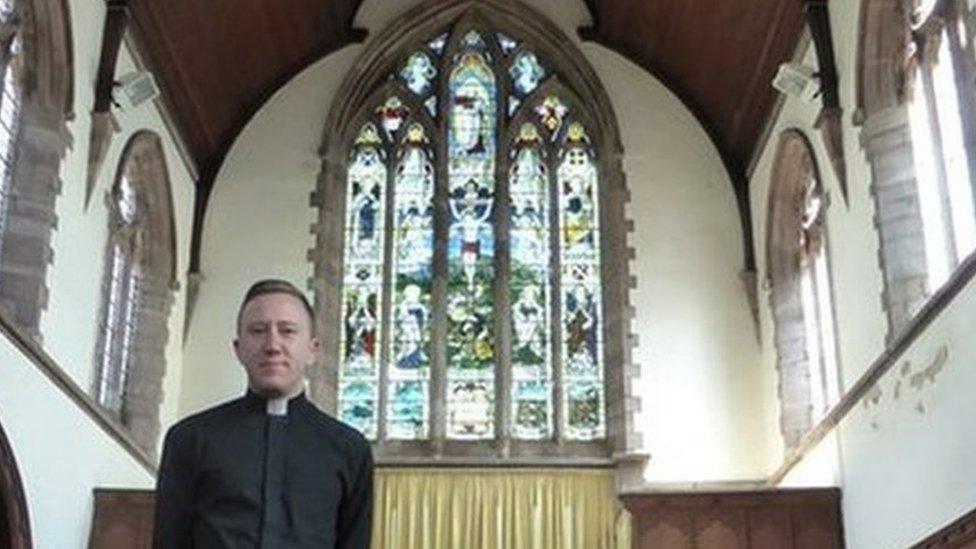
- Published5 August 2016
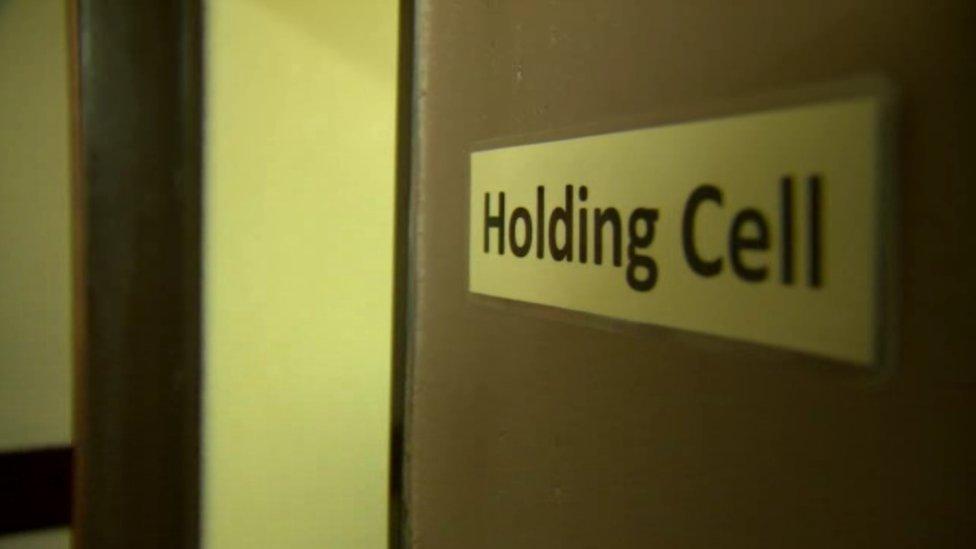
- Published6 September 2017
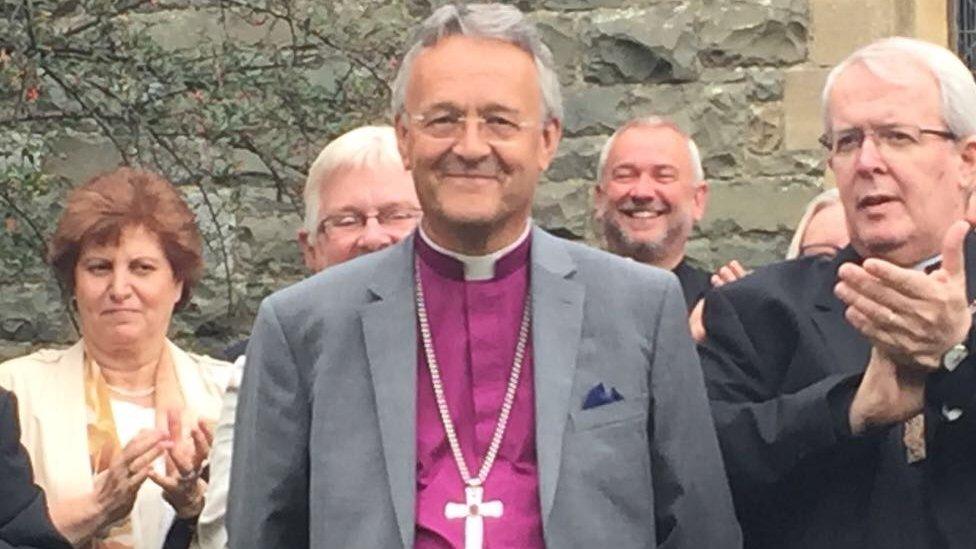
- Published29 April 2017
